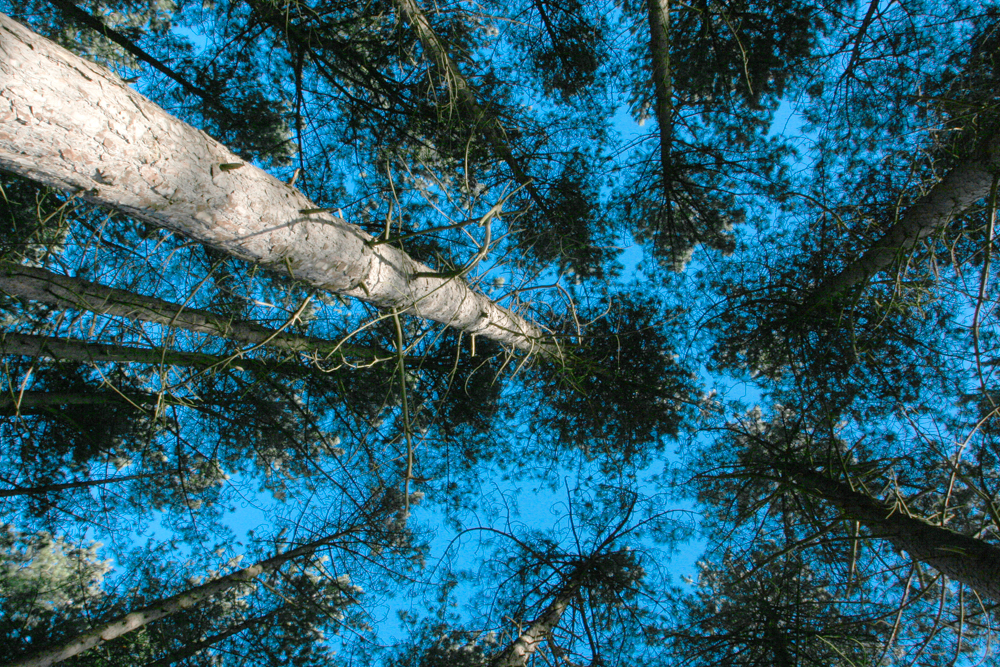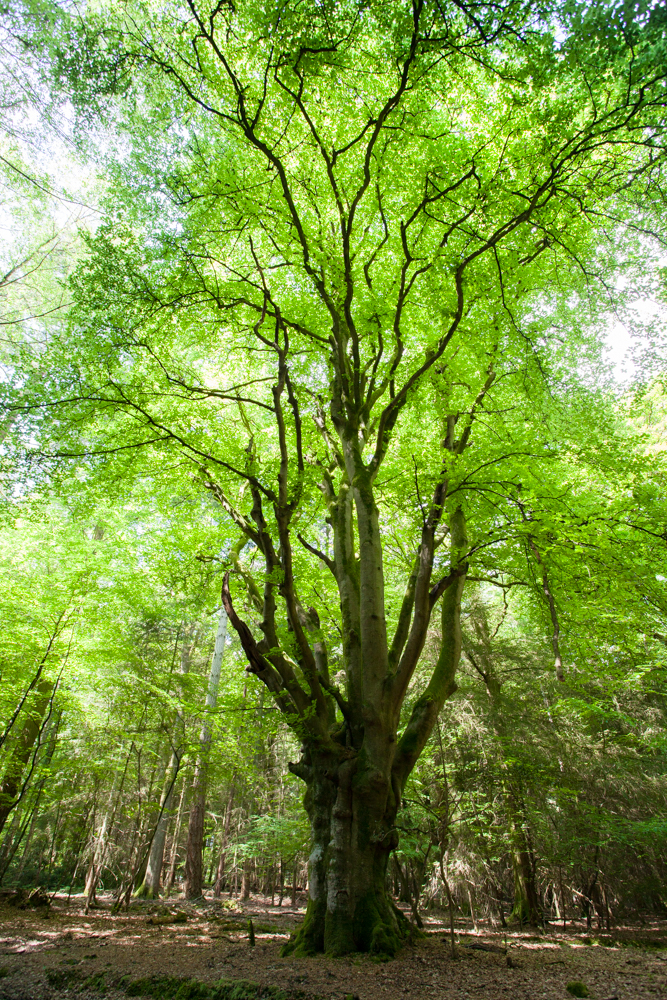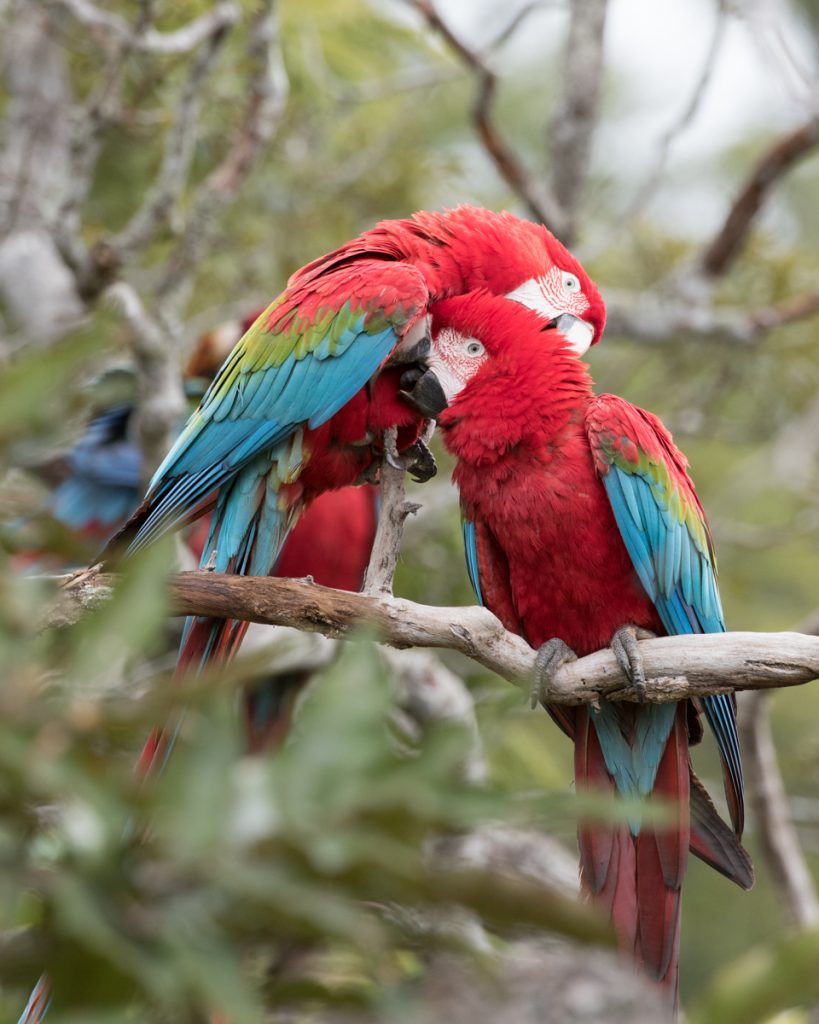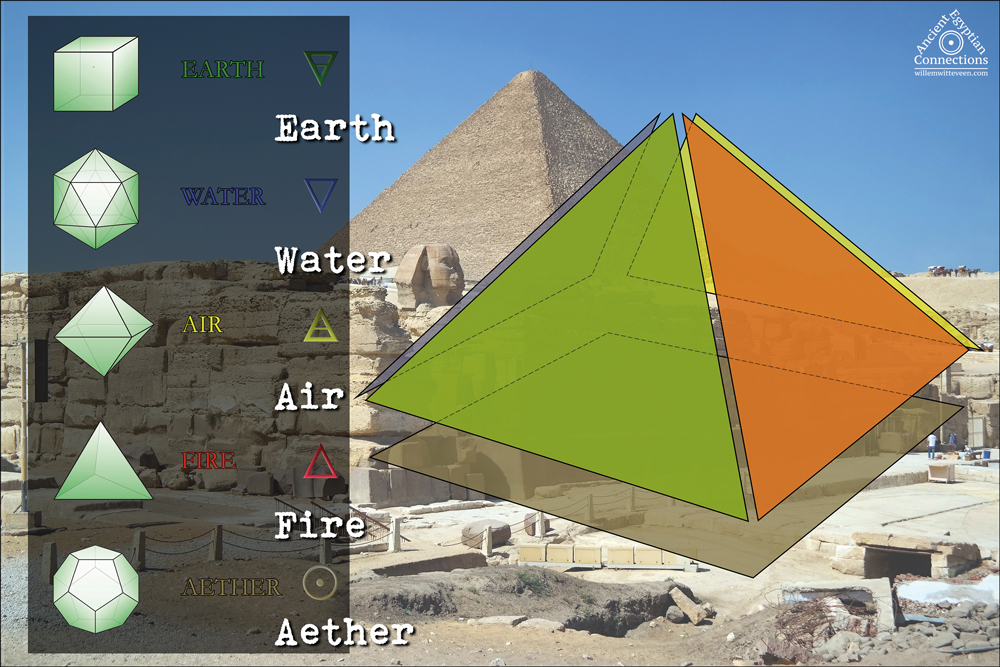If you go down in the woods today, your sure of a big surprise! The trees secretly whisper to each other, stand silently for a moment and maybe you can hear them too.
Even if you cant hear them in the way that scientists explain trees communicate with each other, it is still a great time of year to get out into the fresh air. The days in the northern hemisphere are getting noticeably shorter, winter is not far away so enjoy the autumnal vibrant colours and fine days. October is a great time to see the woodlands more secretive side in the form of mushrooms and toadstools, many of them alien in appearance with strange shapes and textures.

The fungi that are present in our woodlands at the moment are part of the story of the trees communication, they are co-operative workers and essential to healthy trees and in turn our planet. Research has shown that trees communicate and can distribute minerals, water and carbon in the form of sugars produced from photosynthesis via a network of mycorrhizal fungi. The fungi have extensive networks in the soil wrapping around the roots of plants and trees creating superhighways to other neighbouring trees. The networks of the fungi are vast and much more complicated than originally thought. Mushrooms and toadstools are the only giveaway for most of us that something is going on beneath the soil, that we can not see ourselves. The mushroom or toadstool is only a fraction of the organism that is closer related to animals than it is to plants genetically speaking. In fact the largest creature in the world is a honey mushroom in the USA where the mycelium roots cover an area of 9.65 square km.
As with all symbiotic relationships the exchange must be beneficial to both parties for it to succeed, otherwise natural selection will ultimately seek to break the relationship for one of the them. There are many examples of complicated and beneficial relationships in nature, one such example is the neotropical hawk moth with its very long proboscis 28cm long for feeding, which is longer than its overall body length. The moth has closely evolved with certain flowers to allow them to feed from it and in exchange the moth is responsible for pollinating the plant. Reef building corals also participate in symbiosis, they have algae called zooanxthella who take up residence in the coral polyps. The algae supply sugars from photosynthesis which give the coral greater reserves of energy from which to build the extensive coral formations, demanding work for the tiny polyps. In return the algae are protected within the elaborate coral structures, until they wish to leave due too unfavourable environmental conditions causing coral bleaching.

The fact that the complicated woodland relationships exist becomes less surprising as we understand natures ability to work together in a mutually beneficial way. A lesson that humans have struggled to follow and are only just starting to realise that we must also work with nature in a mutually beneficial way if we are to continue sharing our home on the earth.
The fungi benefit from the symbiotic relationship with the trees by receiving carbon in the form of sugars from photosynthesis, which they use to grow their extensive networks of mycelium and also the mushrooms at certain times of the year in a surprisingly fast way. In exchange the tree receives soil minerals which they can not otherwise obtain as they lack the necessary enzymes to synthesise. For woodlands of the same species it has been discovered by scientists that the network of mycorrhizal fungi allows nutrients and water to be distributed to seedlings and saplings to give them a greater chance of survival. Water can be passed to different parts of the wood where required and old or diseased trees can donate resources into the network in a selfless way of progressing their community. Trees also chemically communicate through the network for example, as a way of warning about insect infestations and other diseases to allow the surrounding trees to go into high alert and initiate their chemical defence strategies.

Science is only just starting to understand the complicated and often intricate relationships that exist under our feet in woodlands and in other parts of nature. These type of relationships create an image of the woodland as one super organism rather than independent organisms existing separately.
It is a perfect time of year to explore woodlands, take advantage of the cameras on your mobiles and encourage the younger members of your family to collect a photographic nature table and share with friends. Its also a great time to collect conkers and sweet chestnuts, so find a wood that you have not visited for some time and submerse yourself and your family into autumn this weekend even if you don’t hear the trees whisper. Enjoy the fresh air and treat yourself to a rewarding hot drink afterwards, they always taste better after a good walk and some fresh air.








